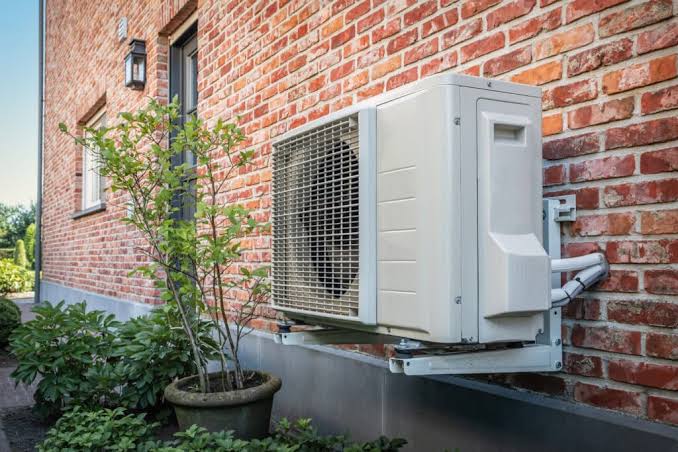
Air conditioners are a modern marvel that many of us take for granted, yet they play a crucial role in keeping us comfortable during the hot summer months. These devices are complex systems that work by removing heat from indoor spaces and expelling it outside, thereby cooling and dehumidifying the air inside.
1. The Basics of Air Conditioning
Before we dive into the specifics of how air conditioners work, it’s important to understand some basic principles of thermodynamics. Air conditioners operate based on the principles of refrigeration, which involve the transfer of heat from one area to another. The basic components of an air conditioning system include a compressor, a condenser, an expansion valve, and an evaporator coil.
2. The Refrigeration Cycle
The heart of an air conditioner is the refrigeration cycle, which is a continuous process that removes heat from indoor air and releases it outside. The cycle begins when the refrigerant, a special chemical fluid, enters the compressor as a low-pressure gas. The compressor then pressurizes the refrigerant, causing it to heat up and turn into a high-pressure gas.
3. Heat Transfer in the Condenser
The high-pressure gas then flows into the condenser coil located outside the building. As the refrigerant passes through the condenser coils, it releases heat to the outside air and condenses into a high-pressure liquid. This process causes the refrigerant to give off heat and cool down, ready to move to the next stage of the cycle.
4. Expansion Valve and Evaporator Coil
The high-pressure liquid refrigerant then moves through the expansion valve, which reduces its pressure and temperature. As the refrigerant enters the evaporator coil located inside the building, it evaporates into a low-pressure gas, absorbing heat from the indoor air in the process. This absorption of heat causes the air passing over the evaporator coil to cool down.
5. Air Circulation and Dehumidification
The now-cooled air is blown back into the room through ducts or vents, reducing the temperature and humidity levels indoors. At the same time, the warm refrigerant gas from the evaporator coil is then sucked back into the compressor to start the cycle anew.
Energy Efficiency and Regulation
Modern air conditioners are equipped with energy-efficient features such as variable-speed compressors, programmable thermostats, and smart sensors that regulate temperature and airflow. These features help optimize energy consumption and maintain a comfortable indoor environment while reducing electricity bills.
Types of Air Conditioners
There are several types of air conditioners available on the market, each designed for specific applications and spaces. Some common types include:
– Central Air Conditioning Systems: These systems cool the entire house by distributing conditioned air through ductwork.
– Window Air Conditioners: These units are designed to cool a single room and are installed in a window or through a wall.
– Portable Air Conditioners: These units are versatile and can be moved from room to room, typically requiring a window for venting hot air.
– Mini-Split Air Conditioners: These systems consist of an outdoor compressor and one or more indoor units, allowing for zoning and individual temperature control.
Written by profT for naijatipsland.com









